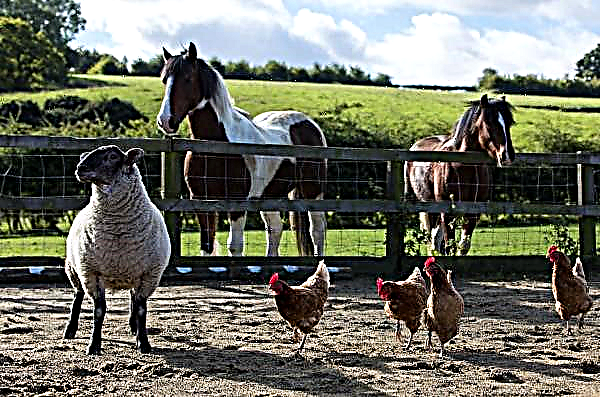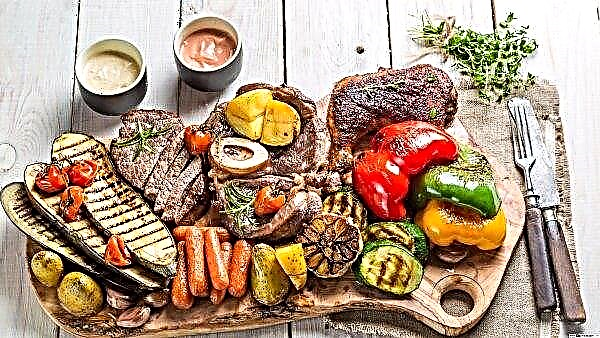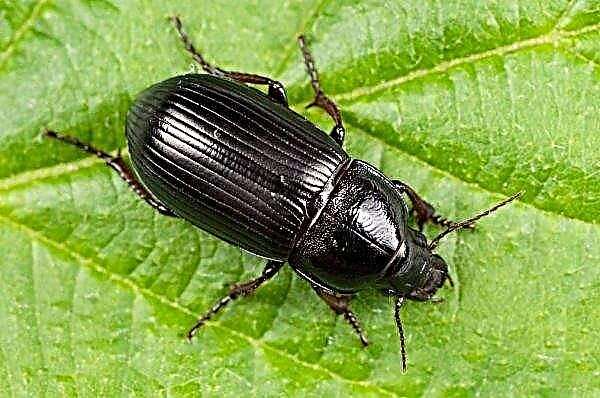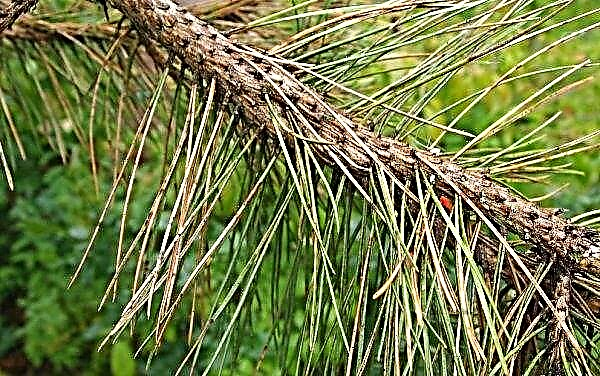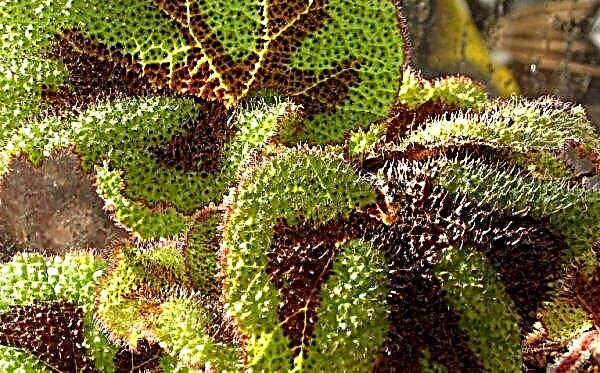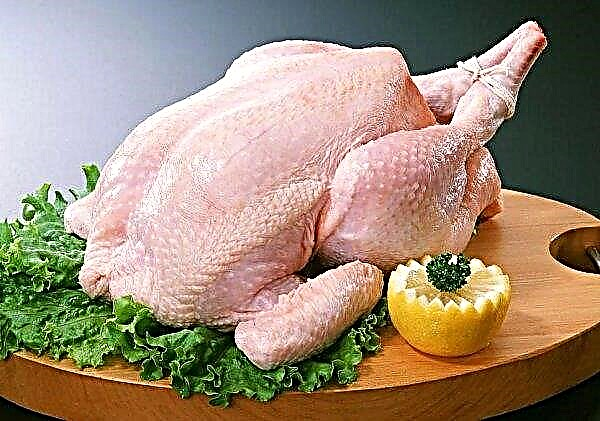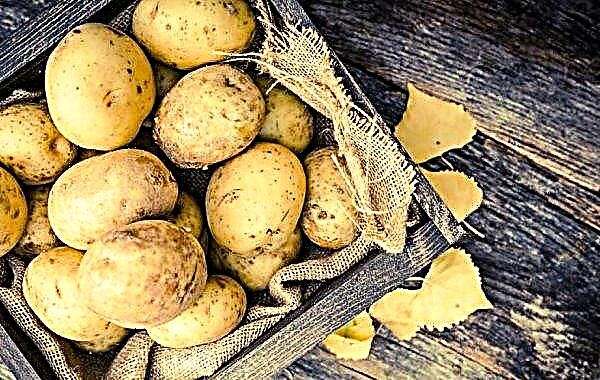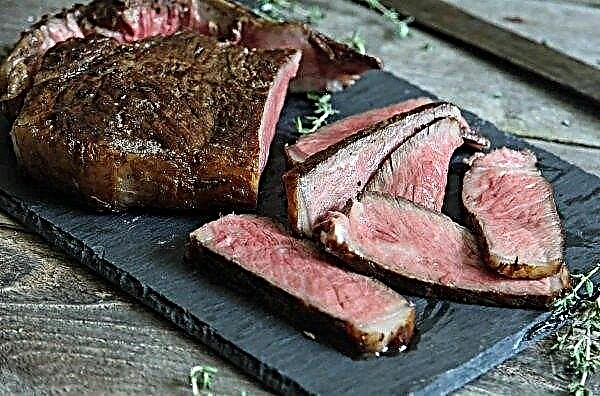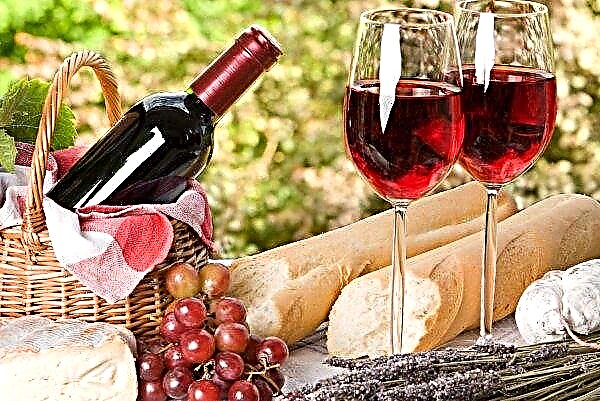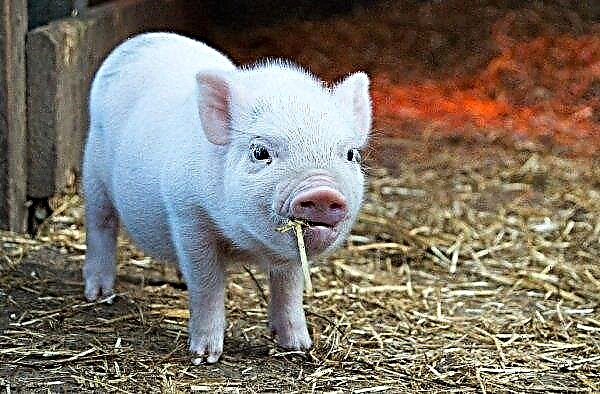The owner of the house arranges not only the plot, but also seeks to decorate the surrounding area. The design of the fence can be carried out both from the inside and from the side of the street. Which plants are suitable for this and what rules must be followed, should be considered in more detail.
What you need to know about landscape design
When designing the territory, it is necessary to create a holistic picture of plants, since it completely falls under the review.
The following rules must be observed:
- Trees and shrubs must be planted at such a distance from the fence that it does not interfere with their growth and development.
- Fruit trees should not be placed near the drain pits.
- The closer to the fence, the higher the height of the plants.
- In the foreground, there should be no tall trees or shrubs covering the view.
- In the selection of plantings, each should stand out either in color, or in shape, or in height.
- A variety of colors creates a more interesting effect.
- Perennials should be planted in autumn or spring.
Did you know? One of the most interesting elements of landscape design is bonsai. This is the art of growing smaller copies of a large tree.
Types of landscape design
To ennoble the territory near the fence, you should decide on the design style and its main characteristics. To do this, you need to take into account the relief and climatic conditions and choose what is closer in taste and worldview. Each style has its own requirements for the type of plants, materials and accessories used.
The main areas include:
- Traditional - provides for restrained and regular geometric shapes. Flowers are planted in straight lines, shrubs dominate evenly trimmed. Decoration of the fence can be sculptures, fountains. This design of the fence is strict, restrained, does not contain unnecessary elements. In order to maintain the territory in this style, it is necessary to constantly monitor and care for plants, give the desired shape to shrubs and trees.
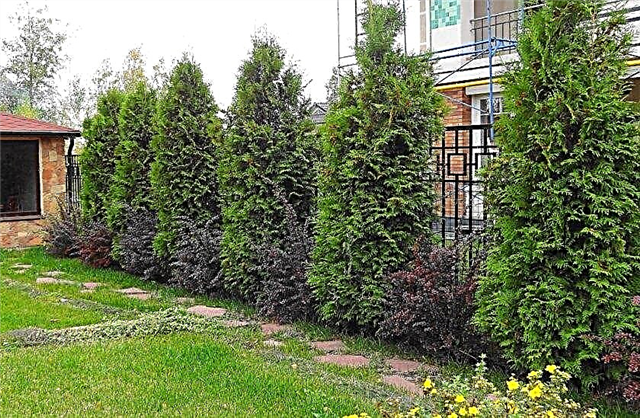
- Modern - The modern style is completely opposite to the traditional one. Here, accessories are more important, not living plantations, although there is a minimal amount of jewelry. Prefer plants with an acute form of leaf blade or with a fancy crown. In planting trees and bushes, not only decorativeness is important, but also functionality. They can be planted in small compositions with several repeats around the perimeter. Use and climbing plants. Forms should be simple, lines smoothed. Caring for seedlings does not require special actions. It is necessary to water and fertilize the soil on time.
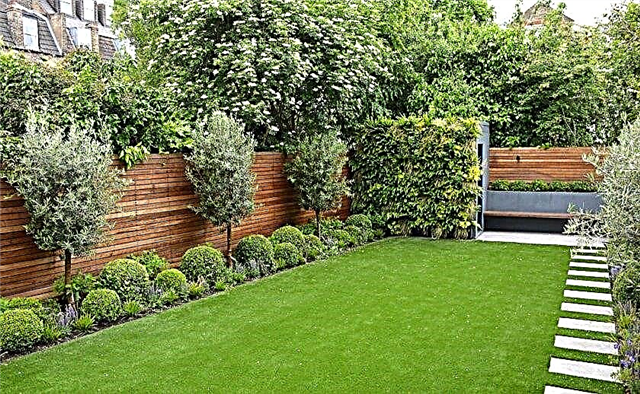
- Mixed - apply if you divide the fence into zones. It is used when there are several preferences, and the area of the plot is small. Then the owner can fulfill all desires during decoration and choose the most acceptable style in all respects.
Landscape designers do not recommend mixing styles.
Did you know? Chinese art of landscape design is considered the most ancient. It originated about 1,000 BC and was based on the harmony of man and nature.
What plants to plant
When choosing plantings for landscape design, it is necessary to take into account the peculiarities of the fence: let air through or not, shade plants or create additional heating for them, especially the soil and its moisture. Also it should be determined what function these plants will perform. For a low fence, high stubs are used to lengthen its height. For tall - plants serve as decor.
Video: Landscaping in front of the house
Near the mesh of the chain-link
The chain-link fence is most often installed between neighbors. It is a cheap option because installation is less labor intensive. Such a hedge passes sun rays well, which contributes to the growth of plants.
To embellish it, you can give the grid a green color by painting. Then the fence will look better against the background of summer greenery. Often there is a desire to fence off prying eyes. Then resort to the planting of curly shapes that will make the chain link opaque.
Important! When using shrubs in the design of the fence, it should be borne in mind that they need periodic trimming of branches.
To create a hedge will help such plants:
- Morning glory - winding liana with dense foliage and flowers in the form of a gramophone. The plant is annual, so it has to be sown every year. In addition, in the autumn it is necessary to clean the netting from dried stems and foliage.

- Schisandra chinensis - deciduous vine, emitting a lemon smell. It blooms in small white flowers, which by autumn turn into red small clusters, called multi-berries. In addition to decorativeness, the plant is very useful for the body. But planting it along the fence, it should be noted that lemongrass seedling loves partial shade and does not tolerate drought.
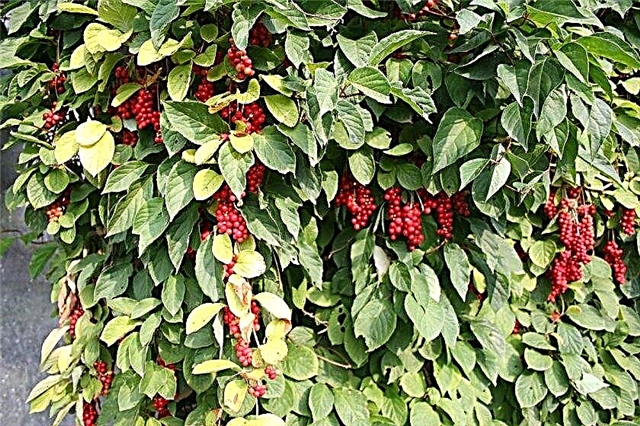
- Clematis - perennial liana with large flowers. Prefers to grow in a sunny place without drafts.
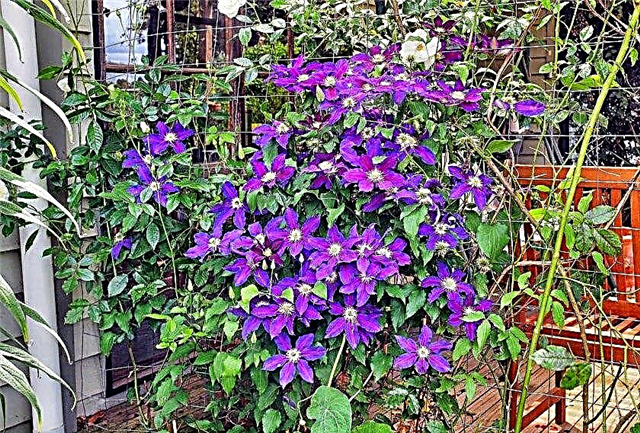
- Ivy - a creeping shrub with dense dark green leaves. Able to climb walls without support. The plant prefers shaded areas.
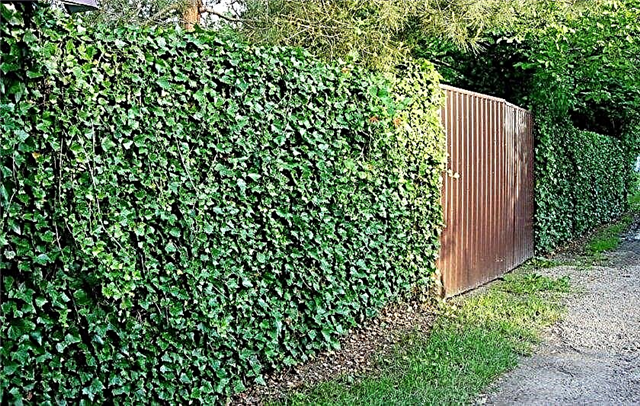
- Campsis - deciduous ligneous liana with large flowers of red-orange color. Landing must be carried out on the ground without drafts. The plant tolerates short-term frosts up to -20 ° С, therefore it needs shelter.
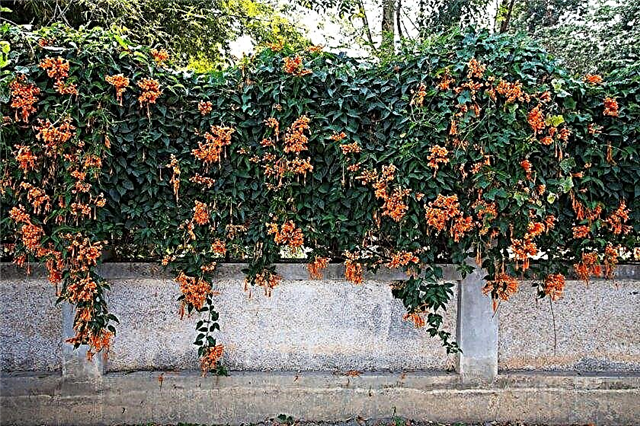
- Grape - for landscaping the landscape more often use a decorative look. This is a liana with dense foliage. With the help of small suction cups, she braids both the fence and the walls. The color of the foliage changes during the season from green to crimson. Prefers sunny places and does not tolerate drafts.
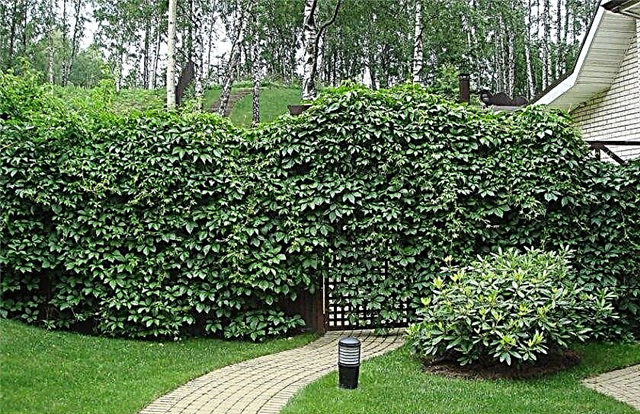
Shrubs can be planted along the fence:
- Lilac - a tall bush with beautiful flowers located in panicles. Inflorescences have a varied color and a pleasant aroma. Belongs to unpretentious. Prefers sunny places, tolerates heat.

- Yucca - broad-leaved evergreen shrub. It has sharp, dense leaves that form the main rosette. Along the edge, leaf blades are entwined with twisted threads. Large bell-shaped flowers. It grows well in dry regions and on rocky terrain.
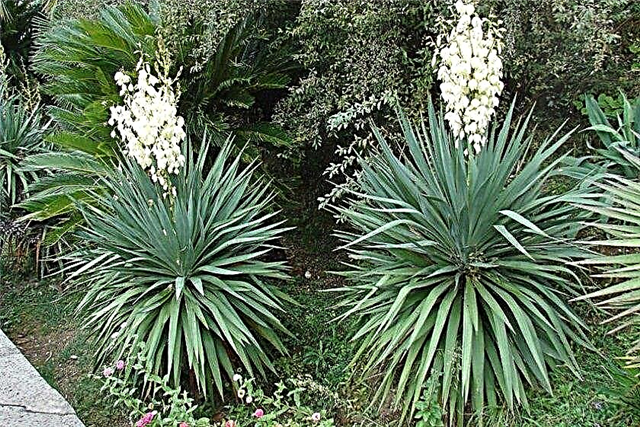
- Thuja - a beautiful evergreen shrub or tree, which is often used in design. Depending on the species, it is yellow or green-coniferous. It is unpretentious to the soil, but prefers moist soil.
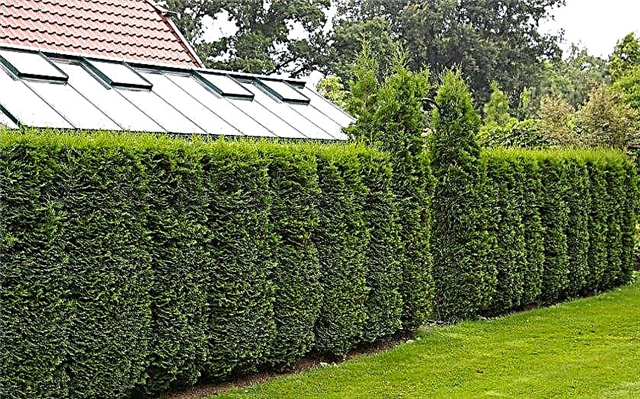
- Barberry - It can be deciduous, semi-evergreen or evergreen shrub with upright shoots. Decorativeness is given to it by small yellow flowers, red berries, foliage color. The plant is photophilous, tolerates heat well, unpretentious to the soil. It grows poorly with stagnation of water in the roots.
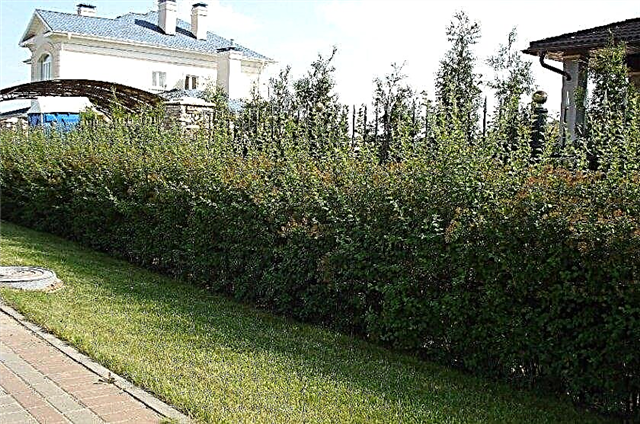
- Hawthorn - deciduous tree or shrub with white honey flowers and red berries, which are medicinal. It is photophilous, grows on any soil, is unpretentious in leaving.

- Jasmine - a decorative shrub that has gained its popularity due to the unique aroma of flowers. Depending on the species, it may have erect or curly shapes. The plant grows well in the shade, but prefers sunny areas, is not picky about the soil, but does not tolerate moisture stagnation.
If you select plants of different foliage color and flowering period, alternating with evergreen specimens, then the fence will not lose its decorativeness regardless of the season. The design of the chain-link from one plant species also looks good. Such a fence delights in massiveness and uniformity. A wicker rose will serve as a good decoration. She will close the site from prying eyes, and the chain-link in this case will act as a support.
Important! Flowers, as a design element, are used in cases where the attractiveness of the hedge should be emphasized. If it is necessary to hide its flaws, plant shrubs or vines.
At the wooden fence
Ampel plants are often used to decorate a wooden fence in the form of a mesh. They are grown in hanging pots or pots and hung one at a time in the center of the section. Along the wooden fence you can plant decorative maples, willows, lindens, birches, chestnuts.
But if the plot is small, then fruit trees should be preferred. Curly shrubs will also feel good on a wooden fence, but it should be noted that the service life of such a hedge will be shorter.
Fence from corrugated board
Fencing from corrugated board is often found not only in the side fences of sites, but also in the front. The low decorative effect of such a fence occurs due to the uniform color of the sheets not separated by stone pillars. It should also be noted that in the summer the hedge heats up and becomes an additional source of heat for plants planted nearby.
Did you know? The effect of landscape design "Alice in Wonderland" provides for the planting of dwarf and standard-shaped trees on the site. The essence of this technique is to visually increase the territory.
therefore curly vines and shrubs should not be planted near the hedge. In such cases, a uniform background should be decorated with roses, hydrangeas, spirea, lilac, jasmine or other tall flowering shrubs. The distance from the hedge to the seedlings should be about 1 m. Raspberries, currants, and blackberries can grow along such a fence. Barberry and dogwood are not recommended to be planted nearby.

Rules for planting shrubs and trees in the shade
In the shade, you can plant plants that grow only in such conditions. They are called shade-loving. There are also shade-tolerant ones - these are those that grow well both in the shade and in the sun. Of course, productivity and decorativeness in shading will be much less. To use such sites properly or to ennoble them, it is necessary to plant plants capable of living in such conditions.
Among fruit trees, apple, plum, cherry, and cherry plum are considered shade-tolerant. Shrubs that grow in the shade: red and black currants, blackberries, hazel, cornel, barberry, viburnum, honeysuckle. Among the flowering shade-tolerant shrubs, one can distinguish jasmine, rhododendron, hydrangea, spirea.
Important! The site can be considered shaded if it is in the sun 3 hours a day, and the rest of the time the illumination is weak.
Decorative shrubs that can grow in the shade include euonymus, mahonia, and barberry. For shade-tolerant plants, limited coverage is an unpleasant factor that they can handle. Therefore, when planting them in shaded areas, care must be taken to reduce the influence of other negative factors on this plant.
The growth of living plants in the shade is also affected by:
- Fertility and acidity of the soil. Each plant prefers its soil pH. To reduce acidity resort to liming, to increase - to the introduction of acidic fertilizers.
- Soil moisture. Plants should not suffer from drying out, so they should be watered periodically. Waterlogging is also unacceptable. Density of plantings and excessive compaction of the soil can lead to it.
- Top dressing. The development and growth of plants depends on the application of organic or mineral fertilizers.
Of the many trees and shrubs, enough are those that grow well in the shade. It is necessary to choose them based on your preferences, and they will benefit with proper care and proper distribution along the hedge.
The arrangement of the territory in front of the fence is the visiting card of the owner of the house. The selection of plantings should be carried out according to the chosen style and preference, the material from which the fence is made, the illuminance of the territory, the ability to maintain the bushes in well-groomed condition. You should heed the advice of specialists, and compositions of bushes and trees will decorate the entrance to your "estate".














